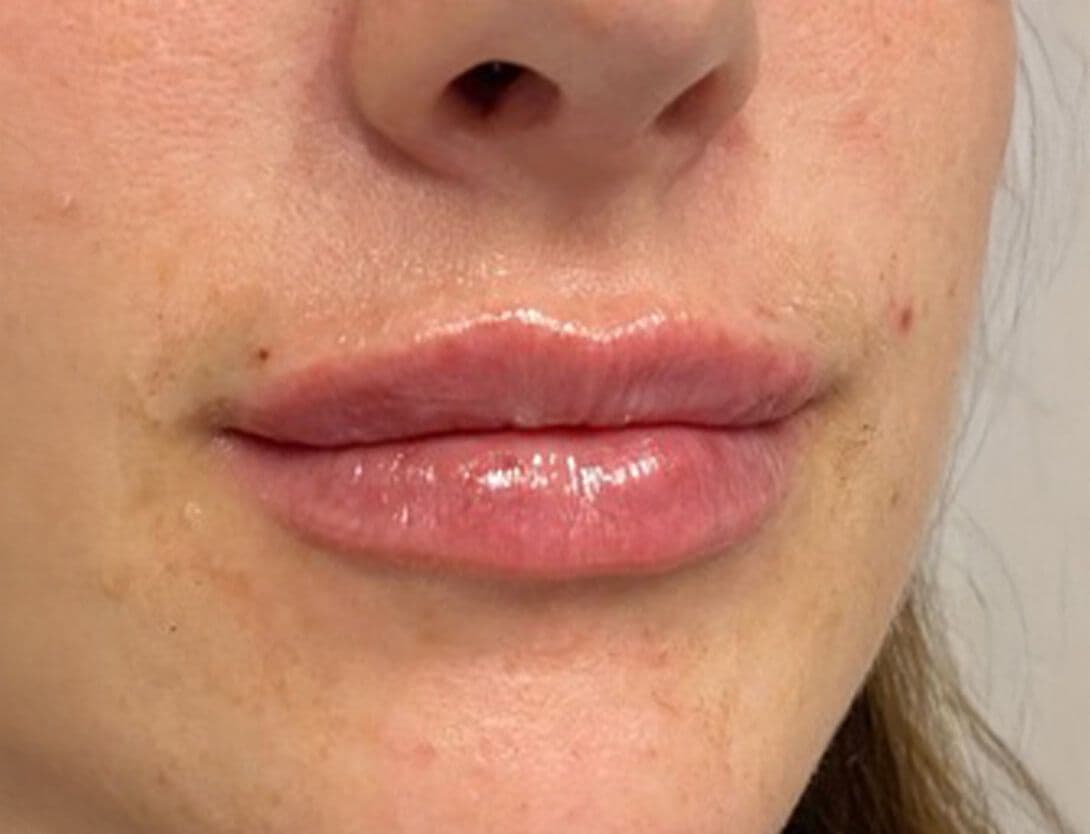In the world of beauty treatments, two popular options have become favorites for their ability to rejuvenate and enhance our looks: biostimulators and fillers. While both aim to bring back a youthful glow, they work in different ways and offer unique benefits. This article will help you understand the key differences between biostimulators and fillers, so you can decide which one might be right for you.
Biostimulators are injections that encourage your body to produce more collagen, the protein that keeps your skin firm and elastic. By boosting collagen production, biostimulators gradually improve your skin’s texture and volume over time. They’re great for anyone looking for long-term improvements in their skin’s quality and overall facial appearance. Common uses for biostimulators such as Sculptra, Radiesse, or Renuva include reducing the appearance of nasolabial folds, marionette lines, and sunken cheeks. Because they work by stimulating your own collagen production, biostimulators often result in a more natural-looking enhancement.
Fillers, on the other hand, are substances injected into the skin to instantly add volume, smooth out wrinkles, and enhance facial contours. Made from materials like hyaluronic acid, calcium hydroxylapatite, or poly-L-lactic acid, fillers provide immediate results, making them perfect for those who want quick and noticeable changes. Fillers are commonly used to plump up lips, fill in deep wrinkles and folds, and add volume to areas like the cheeks and under the eyes.
Lip Filler Before and After

Results and Expectations
When considering the results and expectations from biostimulators compared to fillers, it’s important to understand how each treatment delivers outcomes over time. Biostimulators typically offer more gradual, yet longer-lasting improvements. Since they work by stimulating collagen production, you might start noticing subtle enhancements in skin texture and volume after a few weeks, with full results becoming apparent over several months. These results can last up to two years or more, making biostimulators a great option for those seeking enduring, natural-looking rejuvenation.
In contrast, fillers provide immediate visible effects. Right after the treatment, you’ll see a noticeable increase in volume and smoother contours, making them perfect for quick fixes and instant enhancements. However, the longevity of filler results varies depending on the specific product used and the area treated, generally lasting between six months to 18 months. While fillers offer instant gratification, maintaining their effects typically requires more frequent treatments compared to biostimulators. Understanding these differences can help you choose the treatment that best aligns with your aesthetic goals and timeline preferences.
Biostimulators or Fillers: Which is Right for Me?
Determining whether biostimulators or fillers are more suitable for an individual depends on various factors, including skin condition, age, and aesthetic goals. Biostimulators are ideal for individuals seeking gradual improvements in skin quality and who have mild to moderate skin laxity, fine lines, and texture concerns. They are particularly beneficial for people in their late 30s to 50s, as they address the natural decline in collagen production that occurs with aging.
Fillers are highly effective for those who have more pronounced wrinkles, deep folds, or areas that require significant volume, such as the lips, cheeks, and under-eye hollows. They can be a great option for individuals in their 20s and 30s looking to enhance facial features or for older individuals aiming to restore lost volume and achieve a more youthful appearance. Ultimately, the choice between biostimulators and fillers should be made in consultation with an experienced esthetician, who can tailor the treatment plan based on the individual’s unique skin needs and age considerations.
Get a Consult at Revive Med Spa
When considering dermal fillers vs. biostimulators, it’s crucial to consult with one of our experienced providers who can assess your specific concerns and goals and recommend the most suitable treatment option.
For those seeking immediate results and targeted volume enhancement, dermal fillers may be the preferred choice. On the other hand, individuals looking for long-term rejuvenation and natural-looking outcomes may benefit more from biostimulators like Sculptra.
Ultimately, both dermal fillers and biostimulators offer effective solutions for addressing signs of aging and enhancing facial aesthetics. By understanding their differences and consulting with one of our providers, you can make an informed decision to achieve the youthful, radiant skin you desire!
.jpg&w=2048&q=75)




